The difference between content vs copy is often described as the difference between educating and selling. That’s not the case.
Think about it – how many times have you read or published a blog post that shows potential customers on how to get the most value from a product. Sure, the piece itself is long-form and geared more for information retention rather than immediate conversion, but that post is still selling the product.
Think about it – how many times have you read or published a blog post that shows potential customers on how to get the most value from a product. Sure, the piece itself is long-form and geared more for information retention rather than immediate conversion, but that post is still selling the product.
The distinction between content vs copy is simple
Here’s the real difference between content and copy: content is everything on the page, sign, or screen and copy is the words.
That’s it.
Sure, content writers are more likely to be tasked with creating long-form content while copywriters are well-versed in creating persuasive language tailored for digital ads, landing pages, and emails. But both content writers and copywriters need dexterity in both realms to create assets that support higher-level marketing or communications strategies.
Content vs copy: Applying the same skills to different contexts
As I’m writing this blog post, I have to consider how I order and present information and whether that impacts readability. Am I breaking content into manageable chunks? Is the order and structure of each subsection understandable and enjoyable for my target audience?
Asking yourself these questions is critical when creating any long-form digital content. So it’s easy to draw a line in the sand a say: “Ok, blog post writing – that’s officially content writing.” And many do make that distinction when describing content vs copywriting.
But in reality, when I’m writing the headings? That’s copywriting.
There’s a reason that refining headings is usually the very last thing I do when writing a blog post. I might spend as much as 10% of my total writing time on the headings alone. That’s because, when it comes to blog post headings, I have more than readability on my mind.
Copywriting is more than a bottom-of-funnel tactic
People often conflate copy and copywriting with advertising. And in a way, it makes sense. Businesses want to present their ads to prospects who are ready to convert, in which case, there shouldn’t be any superfluous copy on the page.
So when it’s time to create a highly effective landing page or sales email, that means it’s time to call in a copywriter. But just because copywriters often work on bottom-of-funnel assets and campaign tactics doesn’t mean that’s the only time copywriting skills come in handy.
In general, short-form copy is more suited to move someone to action. But that doesn’t mean the action in question has to be a conversion event.
Let’s reconsider my claim that writing blog post headings is a form of copywriting. What’s the action I want to the reader to take in that instance? Well, I want the reader to keep reading.
Scannable content is king, and for decades, it’s been an accepted reality that most people don’t actually read content in its entirety, especially not at first look. Headings are more than just a way for me to logically structure my content
Understanding the content vs copy overlap is a marketing must-do
Just like content writers need to have copywriting skills at the ready, copywriters need to wield much of the same knowledge and many of the same skills as their content counterparts.
To create effective copy, copywriters need to tailor their work for the audience, the specific context surrounding the asset or media where the copy will appear, and other considerations, like product messaging, industry positioning, and brand voice. The same is true of content writers.
Strategic copywriting requires a deep understanding of content design, as well as collaboration with designers, web developers, creative directors, marketing strategists, and more.
Remember, content is everything on the page, and copy is the words. To create effective long-form content, you need to consider when to make the copy count. And to create effective short-form copy, you need to understand how it will complement the rest of the content.
When marketers and sales leaders understand the content vs copy overlap, they can better provide creative and communications teams with the resources they need to successfully execute their strategies.

